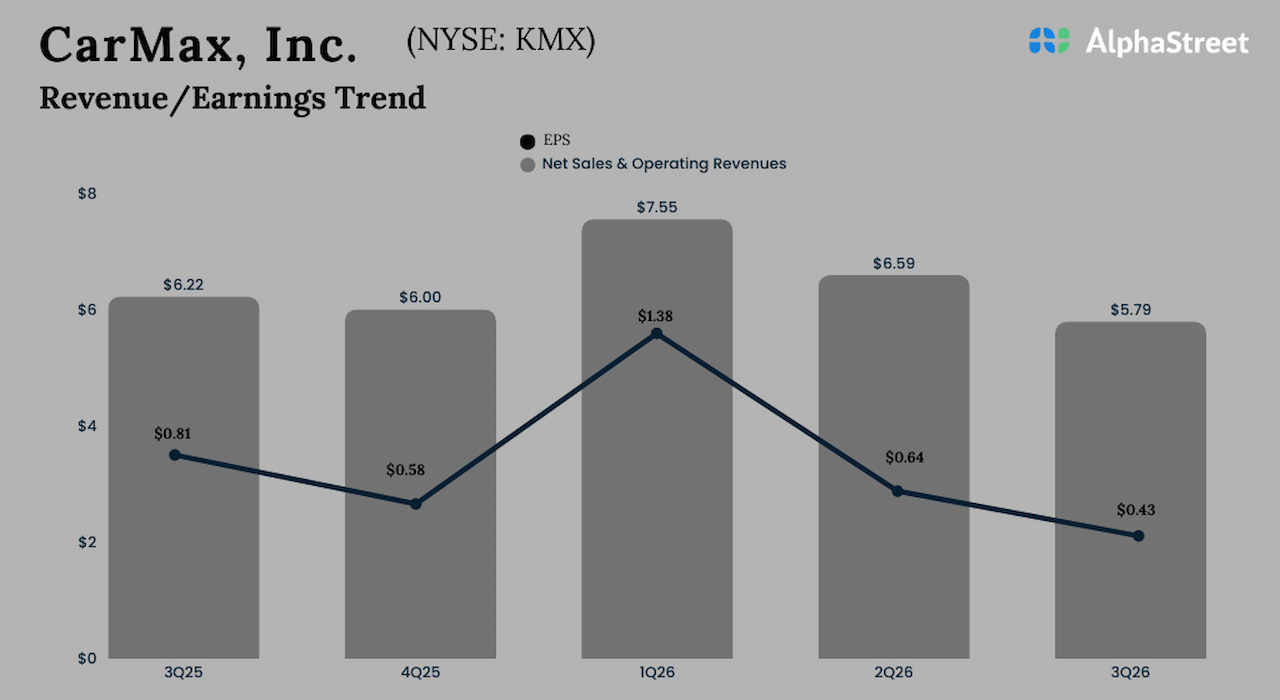If you’re a UGC creator (user-generated content creator), making content for brands through platforms like Influee®, Steady®, Billo®, or Cohley®, you might be wondering how taxes work for your brand deals, sponsorships, and collaborations. Unlike a traditional employee, you’re considered a self-employed content creator, meaning your tax obligations look slightly different.
Let’s break down what you need to know about your tax responsibilities, tax write-offs, and how to file taxes as a self-employed content creator this tax season.
What UGC platforms are and how they work
UGC platforms serve as a bridge between businesses and content creators who produce engaging photos, videos, and posts about products and services. So, instead of hiring a production agency, brands use these platforms to commission authentic social media content from creators (YouTubers, social media influencers, bloggers, etc.), often without requiring them to have a huge following.
Some popular UGC platforms include: Influee, Steady, Skeepers®, Billo, Cohley, JoinBrands®, Popular Pays®, and Pearpop®. Each platform has its own way of connecting brands with creators and freelancers. For example, some focus on product reviews and sponsorships, while others concentrate on short-form video projects that brands can use as ads on platforms like TikTok.
These platforms pay freelancers and creators in various ways, sometimes through a third-party payment platform like PayPal® or Venmo®, or by direct deposit into your bank account.
Do UGC creators need to pay taxes?
Yes. Whether you’re producing UGC part-time alongside a full-time job or you’re a full-time content creation business owner, the IRS sees your earnings the same way: as taxable income.
So, even if you only made $800 in business income from brand partnerships in 2025, it still counts as gross income and impacts your tax liability.
Here’s what that looks like:
You’re typically treated as a sole proprietor (or sole proprietorship), unless you’ve set up an LLC or another business structure.
The money you earn is reported on Schedule C, which is attached to your individual tax return.
Because you’re a self-employed individual, you’ll also owe self-employment tax. This covers Social Security and Medicare taxes that an employer would normally withhold for you.
You may also need to make quarterly tax payments if you expect to owe at least $1,000 in taxes for the year.
How to report UGC income
Most UGC platforms don’t take taxes out of your payments. Instead, you’ll typically get paid the full amount, as self-employed taxpayers are responsible for setting some aside for tax time.
It’s OK if this feels overwhelming, especially if you’re earning from multiple apps like Influee, Steady, and Billo. The good news is that TaxAct® makes the filing process simple for content creators. Here’s how it works.
1. Collect your income forms.
Many platforms (like Influee, Steady, or Cohley) will send you a Form 1099-NEC if you earned at least $600 in 2025.
Some smaller payments (for example, $300 from Pearpop or $400 from Billo) may not come with a form, but you still need to report the income.
Check out our tax prep checklists to make sure you have everything else you need before filing.
2. Enter your 1099s into TaxAct.
Our tax software will ask you questions about your income and help you report it accurately.
Don’t worry if you have multiple 1099s. TaxAct allows you to enter all of them one at a time.
3. TaxAct automatically generates your Schedule C.
A Schedule C is the IRS form used to report self-employment income and business expenses.
You don’t need to fill it out by hand. TaxAct completes it for you once you enter your 1099s and income details.
4. Self-employment taxes are calculated for you.
In addition to federal income tax and state income tax (if applicable), self-employed creators must pay Social Security and Medicare taxes.
TaxAct automatically figures out how much you owe and ensures it’s included in your return.
5. Set up quarterly payments (if needed).
If your total tax owed (income tax and self-employment tax) is likely to exceed $1,000, you may need to make estimated payments throughout the year.
Don’t worry about this part! TaxAct can help you estimate what you owe and set up estimated tax payments with the IRS if needed.
Common tax deductions for UGC creators
The best part of running a content creation business is that you can lower your tax liability by claiming tax deductions (aka tax write-offs) for deductible expenses. Anything you use primarily for business purposes can be deducted as long as it is “ordinary and necessary” for your business.
Here are some common business expenses for UGC creators:
Home office deduction: This can include a portion of your rent, utilities, internet, and office furniture (if you use your office exclusively for work).
Editing software and tools: Including subscriptions like Adobe®, Canva®, or CapCut®.
Equipment: Like a camera, tripod, microphone, or ring light.
Travel expenses: Gas, airfare, and hotel costs can be deducted if traveling for business purposes.
Business tax software: Yep, you can even deduct the cost of filing with TaxAct, if it’s for your business!
Marketing costs: Your domain name, website hosting, or paid ads.
Half of self–employment tax: Since you’re covering both the employer and employee portions of Social Security and Medicare taxes, the IRS lets you deduct half of that cost directly on your tax return.
Every dollar in tax deductions lowers your taxable income, which reduces your overall tax rate, so make sure to keep good business records. Saving tax documents like receipts, invoices, and bank statements will make it much easier when it’s time to file taxes.
Tax tips for UGC creators
Keep a separate bank account for your content creation side hustle.
Track payments across platforms, whether it be Venmo, PayPal, or direct deposits.
Save all tax documents and receipts for business expenses.
Consider consulting a tax professional if your content creator tax situation feels overwhelming. If you file with TaxAct, you can add Xpert Assist to get live tax advice from real, credentialed tax experts while filing your return.*
Use tax software like TaxAct for streamlined, step-by-step tax filing.
FAQs
The bottom line
Being a UGC creator can be exciting — you get to make content, land partnerships, and run your own small business — but it also comes with its own tax obligations. Remember to stay organized, track your business expenses, and make those quarterly tax payments when needed. With careful record-keeping, smart planning, and a little help from TaxAct, you’ll be ready for tax season, and maybe even find some extra tax savings along the way.
This article is for informational purposes only and not legal or financial advice.
All TaxAct offers, products and services are subject to applicable terms and conditions.
* Tax Experts are available with TaxAct® Xpert Assist®, which encompasses a suite of services designed to provide varying levels of support and assistance for your tax filing needs. These services are available at an additional cost and are subject to limitations and restrictions. Service availability, features, and pricing may vary and are subject to change without notice. For more details, read full terms.
All trademarks not owned by TaxAct, Inc. that appear on this website are the property of their respective owners, who are not affiliated with, connected to, or sponsored by or of TaxAct, Inc.


























